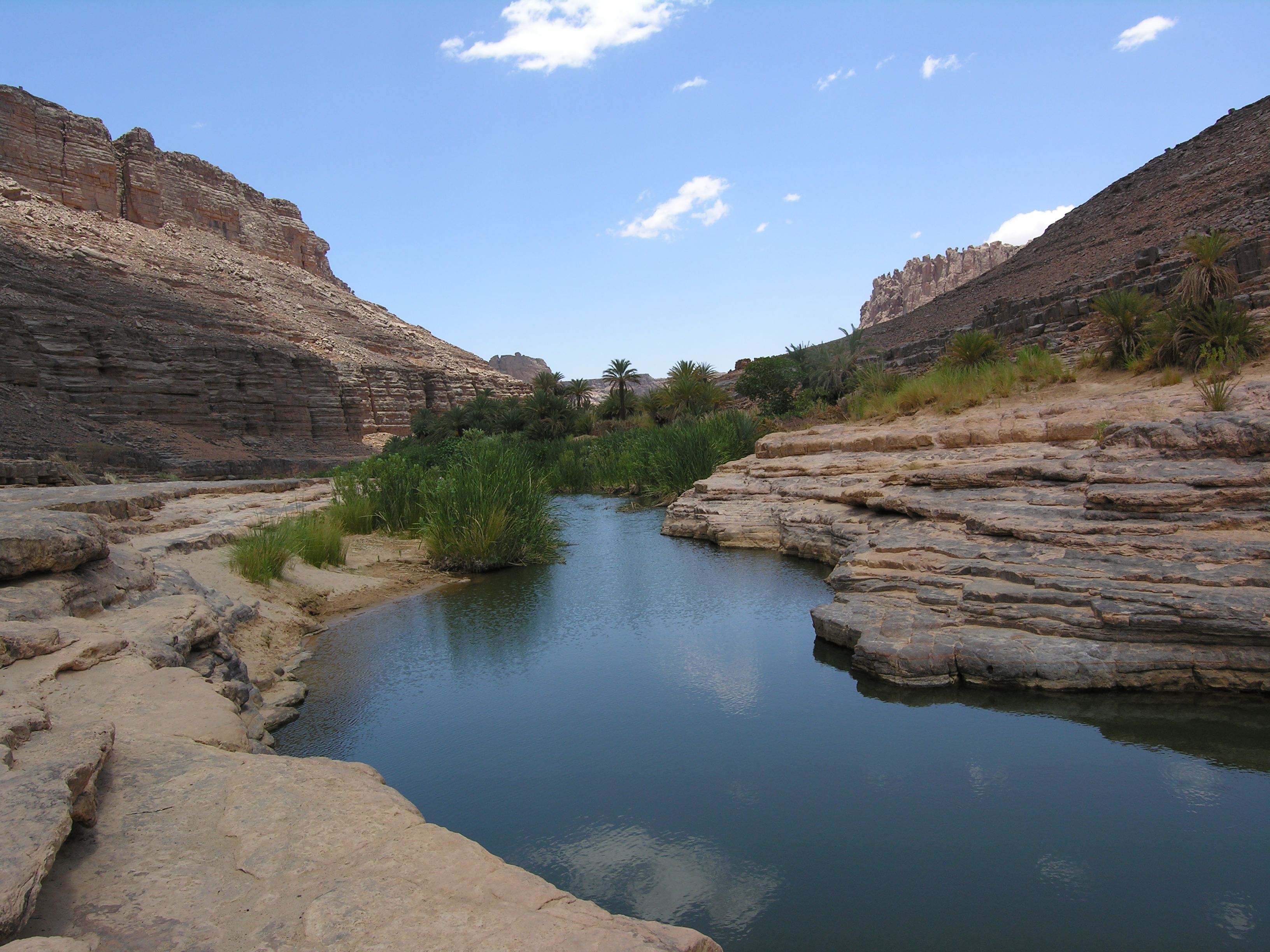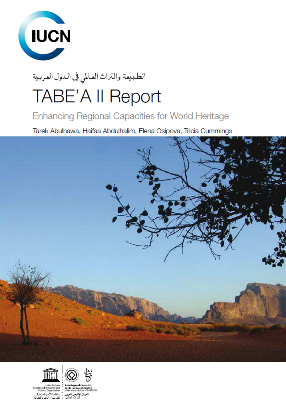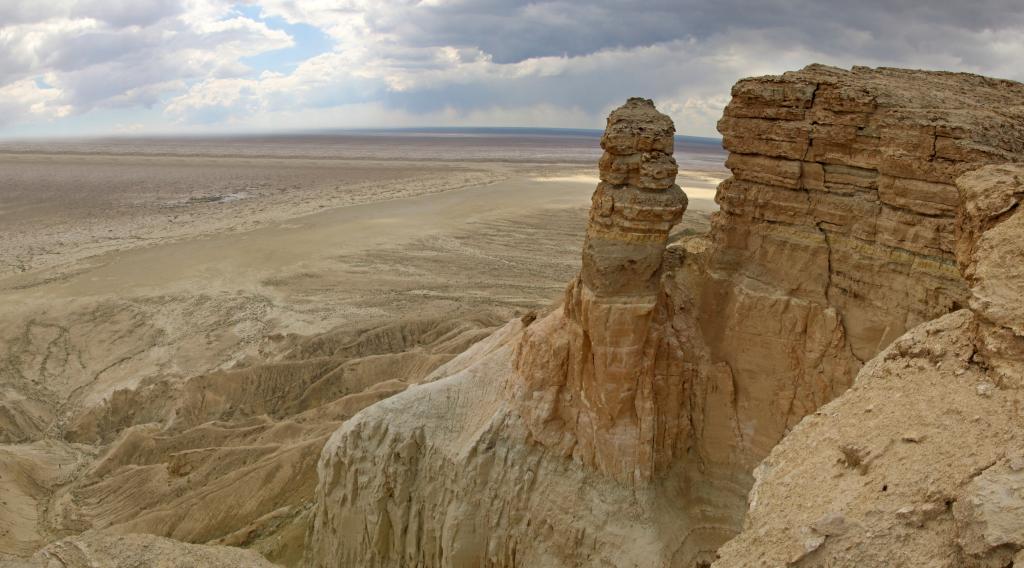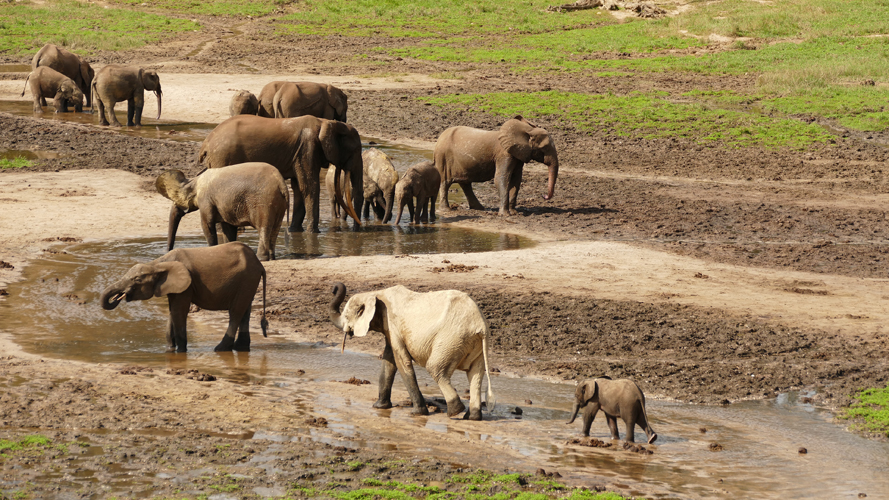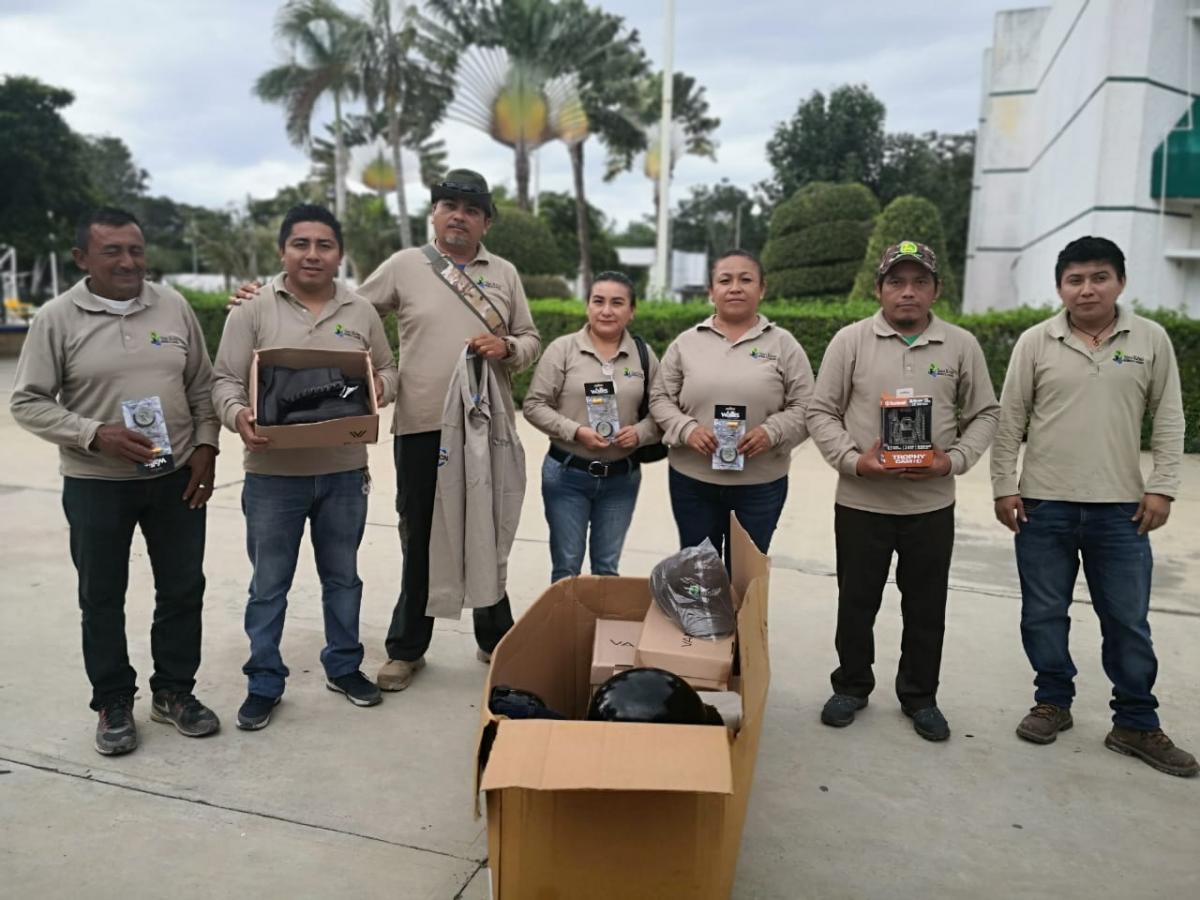New IUCN report tracks conservation in the Arab region’s natural World Heritage sites
TABE’A II, a report tracking the conservation status of natural World Heritage sites in the Arab region, has been launched at the 39th World Heritage Committee meeting in Bonn, Germany. This is an update of the 2011 TABE’A report, which provided pilot assessments for the recent IUCN World Heritage Outlook.
Introduced in 2014, the IUCN World Heritage Outlook assesses for the first time all sites listed as World Heritage for their outstanding natural values and provides a global perspective on their state of conservation. Before that, the only sites assessed by IUCN, in collaboration with the UNESCO World Heritage Centre, were those where threats have been identified.
The updated TABE’A report was prepared by IUCN and the Arab Regional Centre for World Heritage (ARC-WH), an institution under the auspices of UNESCO. It illustrates how useful the Outlook system can be and how it can be used to track the state of conservation of natural sites over time. It is expected that the global IUCN World Heritage Outlook will be updated in 2017.
The TABE’A II report also has a special focus on capacity building. Since the first report in 2011, several activities on the ground have been conducted in the Arab region, led by the partnership between ARC-WH and IUCN. These include capacity building for the effective implementation of the World Heritage Convention, such as preparing nomination files, developing management effectiveness and working with legislative frameworks.
In addition, in-depth nature conservation activities were held to support training specifically on The IUCN Red List of Threatened Species. For example, regional data was gathered at the local level in Iraq and Bahrain.
In the Iraqi Marshlands – a natural site that has been nominated for World Heritage status, but has not yet been evaluated – The IUCN Red List supported the process of justification for a possible inscription under “criterion x”, which relates to biodiversity. In Bahrain, use of the IUCN Red List focused on marine mammals to feed any future plans to enhance the management and conservation of Hawar Islands. The natural area has been on the ‘Tentative List’ of possible future World Heritage nominations since 2001.
The TABE’A II report covers three main topics: the state of conservation of all six natural World Heritage sites listed in the Arab States; a Tentative List analysis and identification of gaps on the World Heritage List in the region; and lessons learnt on the “upstream process”, which supports the preparation of nominations through a consultative process in order to achieve management effectiveness before a possible inscription.
The objectives of the updated report are to provide guidance and support to governments in the Arab Region and draw a roadmap for the TABE’A partnership programme for the next four years. Tabe’a means nature in Arabic.
